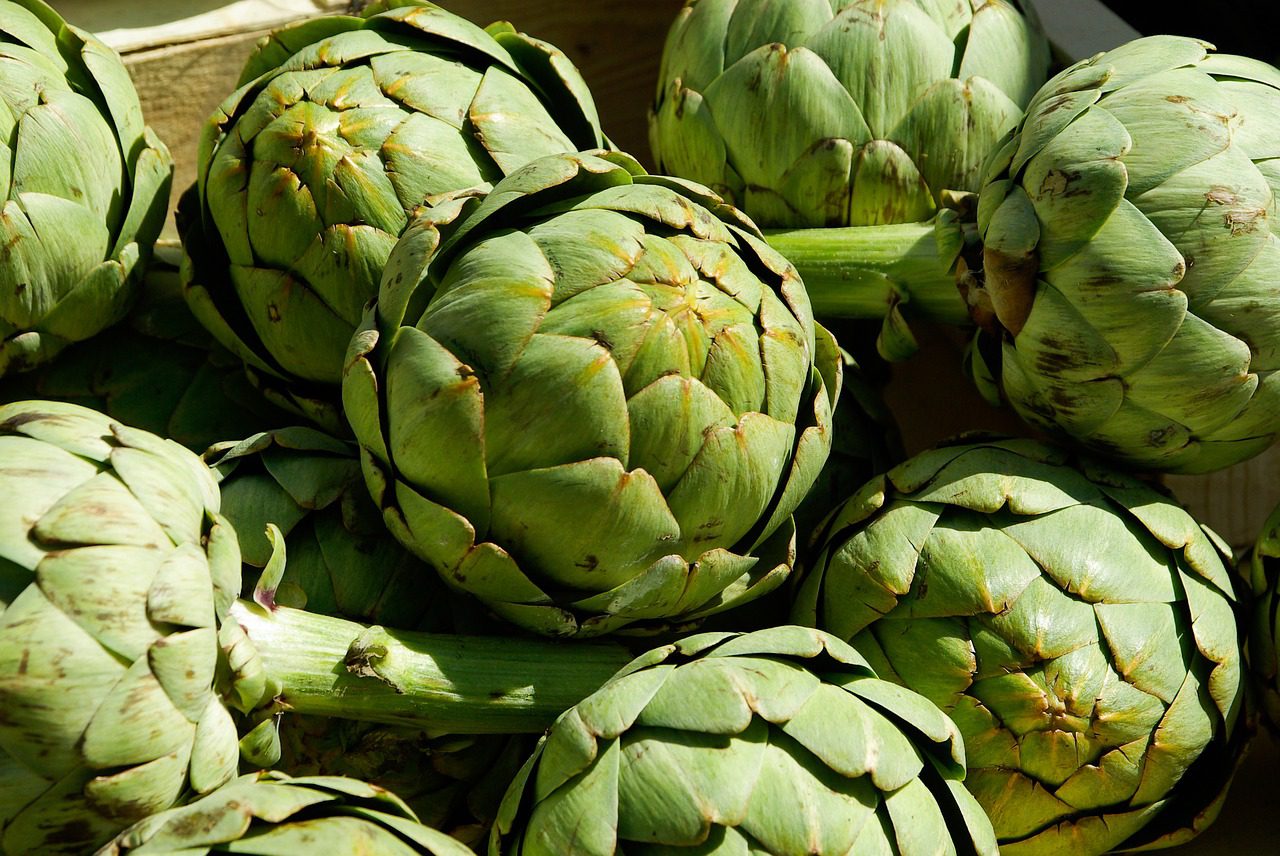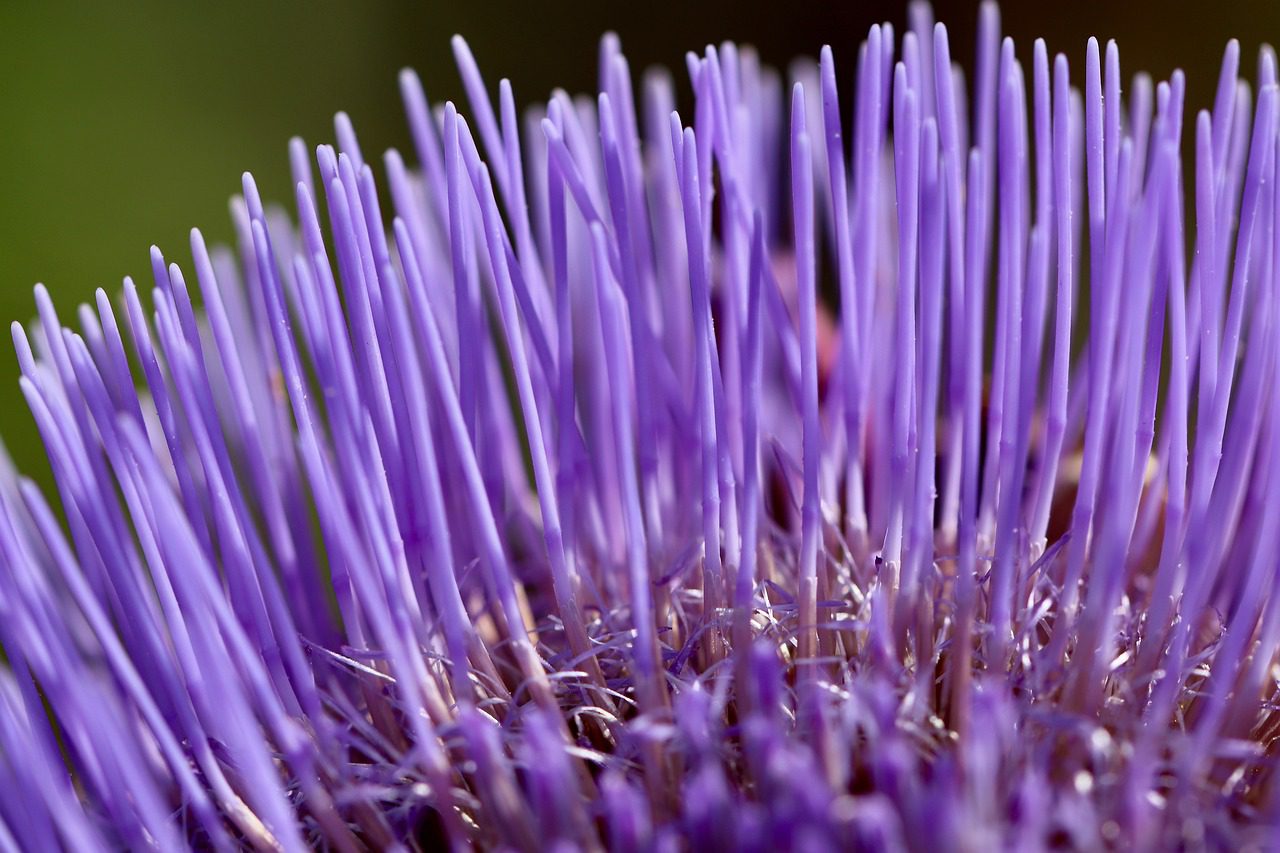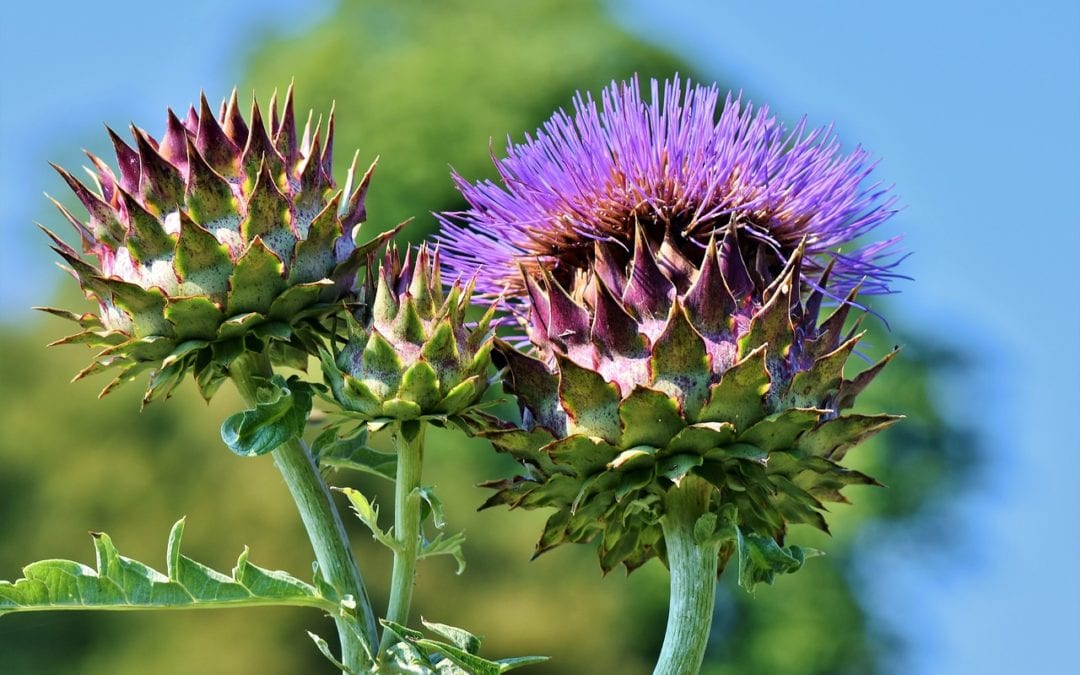5 Tips to successfully grow artichokes.
- Space for artichokes: Artichokes are not timid little plants that you can squeeze into a corner. They need plenty of space to stretch out their arms. Artichokes will typically grow 3’ x 4’ wide. Giving your artichokes enough space allows for adequate air circulation which helps prevent disease like powdery mildew from cropping up. Artichokes also have deep roots so you need ample soil depth to provide for them. Soil depth of about 17” – 20” should suffice.
- Soil for artichokes: Fertile, well-draining soil is best for your artichokes. Specifically, the ideal soil is one with the pH range of 6.5 – 8.0. You can amend your garden soil with a product like Happy Frog Soil Conditioner to create an environment rich with organic material. If you opt to grow artichokes in a container, choose a large, deep pot that will accommodate artichokes’ growth and fill it with a premium potting soil like FoxFarms’ Happy Frog or Ocean Forest.
- Light for artichokes: An area in the garden that receives a lot of morning sun and shade in the hot afternoon is best for your artichokes. Sunshine in the morning until about 2PM – 3PM is perfect for artichokes.
- Protection for artichokes: Along with protection from the hot afternoon sun, artichokes also will need to be protected if the temperatures dip to 25°F. Fortunately for our zone in San Antonio (8b-9a) that doesn’t happen all too often. See tips here for protecting plants in the event of a freeze.
- Water for artichokes: As with all vegetables and fruits, in order to produce and sustain a healthy crop, artichokes will need to be given consistent and adequate water. When watering your artichokes, make sure you are irrigating thoroughly enough to reach those deep roots mentioned above. Focus on the soil around the roots and not on the foliage of the plant and you’ll get your water where it needs to go.




Harvesting Artichokes
Artichokes are not a one and done type of plant. Once you’ve harvested your artichokes, cut the plant down to the soil level and by the following fall the new sprouts will have matured and you will be on your way to artichoke production once again. As a matter of fact, you will find that the second year of production is more prolific. After around 4 – 5 years of production, fruits start to get smaller and this is the time to divide the crowns of your artichokes, creating new transplants to develop into mature plants.
~ The Happy Gardener, Lisa Mulroy
For further info, tap into a past Happy Gardener that also includes some links to artichoke recipes.


I want to get an artichoke plant if it is mature will be better.
Thank you
875-816-0330
Both of our locations are currently carrying artichokes. Most are in one gallon containers. Thank you!
What kind of artichokes are pictured? I have that variety but don’t know the name. They are more spikey than I see at the store
Hi Nicole,
Not exactly sure of the variety in the featured pic. The other pics in the blog are most likely Green globe artichokes.
Is the artichoke shown above an ornamental variety or is it edible. It’s the one we have growing in our yard and is definitely different in appearance than anything I’ve ever eaten. Beautiful but also edible?
Yes, beautiful but edible. The flowers on artichokes are very striking. Different varieties do have different appearances. Enjoy!